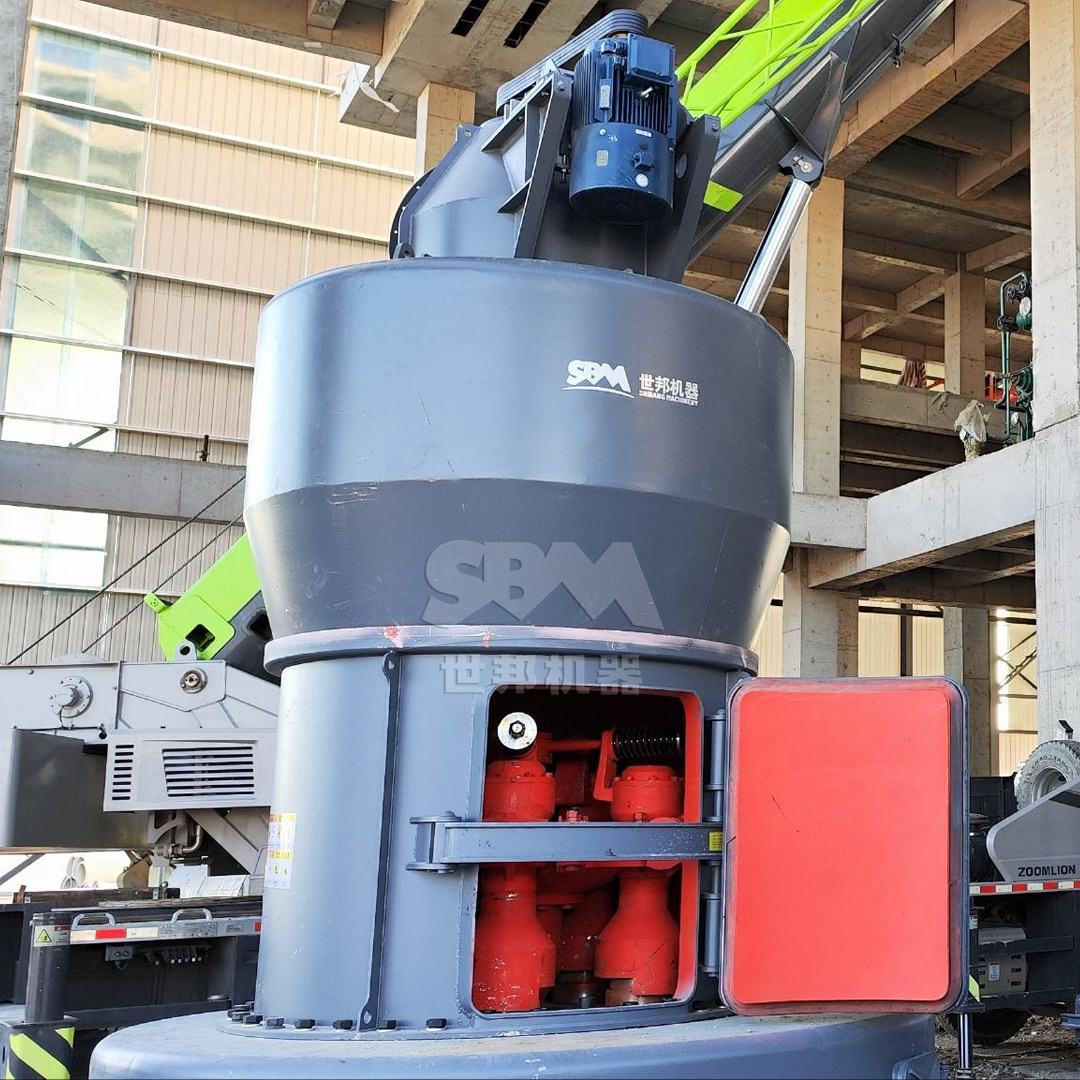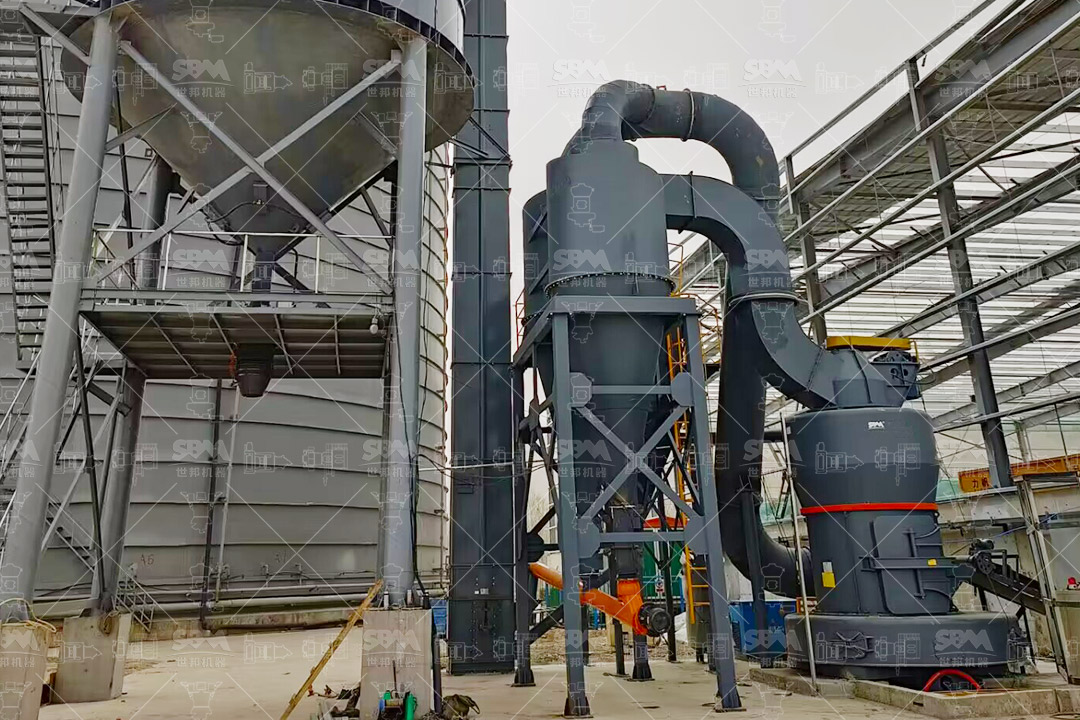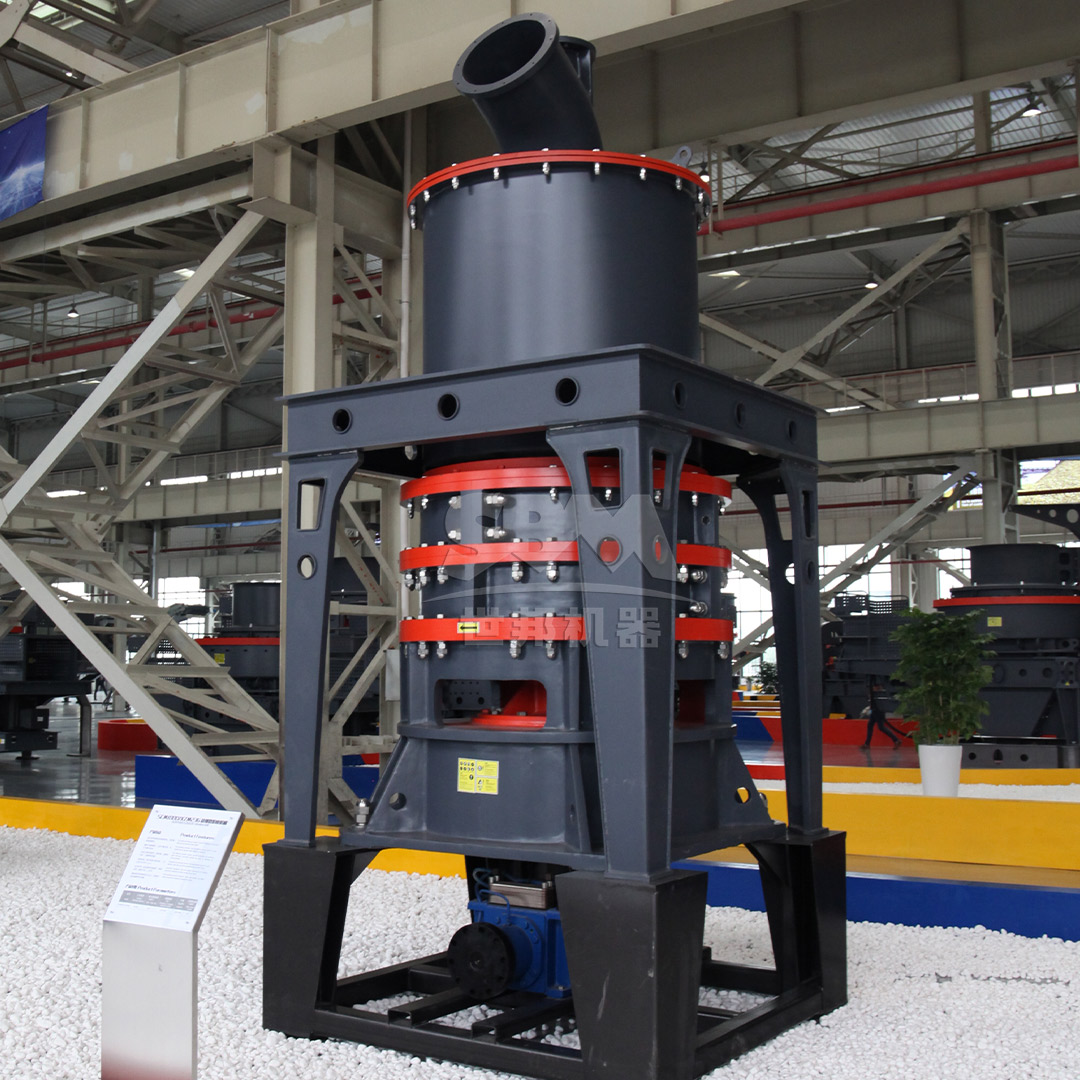In the paper manufacturing industry, limestone has become an essential filler and coating pigment due to its excellent optical properties, high brightness, and cost-effectiveness. The quality of ground calcium carbonate (GCC) used in paper coating directly impacts the final product’s printability, opacity, smoothness, and gloss. Selecting the appropriate grinding mill is therefore critical for paper manufacturers seeking to optimize their coating processes and achieve superior paper quality.
This comprehensive guide examines the key factors to consider when choosing limestone grinding equipment for paper coating applications, with particular focus on technical requirements, operational efficiency, and long-term performance.

For paper coating applications, the particle size distribution of ground calcium carbonate is paramount. The ideal GCC should have:
Different paper grades require specific particle size specifications. For instance, fine paper coatings often demand GCC with D90 ≤ 2μm, while board coatings may tolerate slightly coarser particles.
High brightness GCC (typically >90% ISO) is essential for premium paper products. The grinding process must not introduce contaminants that could reduce brightness or cause discoloration. Additionally, the chemical composition should be consistent, with low levels of abrasive impurities such as silica and iron compounds.
The grinding process affects particle shape and surface characteristics, which directly influence coating rheology. Needle-like or irregular particles can increase viscosity and affect runnability, while well-dispersed, rounded particles typically provide better coating performance.
Traditional ball mills have been used for decades in mineral processing. While they offer high capacity and reliability, they often produce broad particle size distributions that may require additional classification steps for paper coating applications. Their energy efficiency is generally lower compared to modern grinding systems.
Vertical roller mills provide excellent energy efficiency and drying capabilities when processing moist limestone. They offer good particle size control but may have limitations in achieving the finest particle sizes required for premium paper coatings without additional classification.
Specialized ultrafine grinding mills are specifically designed to produce the fine, narrow particle size distributions required for paper coating applications. These systems typically integrate efficient classification technology to ensure precise cut points and consistent product quality.

| Parameter | Premium Coating Grade | Standard Coating Grade | Filler Grade |
|---|---|---|---|
| D97 (μm) | 2-5 | 5-10 | 10-45 |
| D50 (μm) | 0.7-1.5 | 1.5-3.0 | 3.0-15 |
| Brightness (% ISO) | >92 | 90-92 | 85-90 |
| Specific Surface (m²/g) | 4-8 | 2-4 | 1-2 |
Paper mills require consistent, reliable production of coating pigments. The selected grinding system must match the mill’s consumption rate while allowing for future expansion. Consider both immediate needs and long-term growth projections when determining capacity requirements.
Grinding operations account for a significant portion of energy consumption in pigment production. Modern grinding systems can reduce specific energy consumption by 30-50% compared to traditional technologies, offering substantial operational cost savings over the equipment lifetime.
Consider wear part lifetime, maintenance requirements, operational simplicity, and availability of spare parts. Systems with longer maintenance intervals and easy access to wearing components reduce downtime and improve overall equipment effectiveness.
For paper manufacturers requiring the finest coating pigments with tight particle size distributions, the SCM Ultrafine Mill represents an optimal solution. This advanced grinding system delivers exceptional performance characteristics specifically suited to premium paper coating applications.
The SCM series achieves output fineness ranging from 325 to 2500 mesh (D97 ≤ 5μm), making it ideal for high-quality paper coatings where superior smoothness and printability are required. Its vertical turbine classifier ensures precise particle size cuts with no coarse particle contamination, guaranteeing consistent product quality batch after batch.
Key advantages for paper coating applications include:
With capacity options ranging from 0.5 to 25 tons per hour across different models, paper manufacturers can select the appropriate SCM configuration to match their specific production requirements.
For paper coating applications requiring standard grade GCC with output fineness between 30-325 mesh, the MTW Series Trapezium Mill offers an excellent balance of performance, efficiency, and reliability. This robust grinding system incorporates several advanced features that make it particularly suitable for paper coating pigment production.
The MTW series handles feed sizes up to 50mm and delivers processing capacities from 3 to 45 tons per hour, accommodating the needs of medium to large paper mills. Its innovative design includes wear-resistant shovel blades with curved surfaces that extend service life and reduce maintenance costs – a critical consideration for continuous paper production operations.
Notable features beneficial for paper coating applications:
The MTW series represents a cost-effective solution for paper manufacturers seeking consistent quality standard coating pigments with excellent operational economy.

When evaluating grinding mills for paper coating applications, consider the total cost of ownership beyond the initial investment. This includes energy consumption, wear part replacement costs, maintenance labor, and potential production losses during downtime. Advanced grinding systems typically offer lower total cost of ownership despite higher initial investment.
Calculate ROI based on improved product quality enabling premium paper grades, reduced energy consumption, lower maintenance costs, and increased production efficiency. Modern grinding systems often achieve payback periods of 12-24 months through operational savings and quality improvements.
Ensure adequate space for maintenance access, proper material handling systems, and appropriate utility connections. Consider the entire process from raw material intake to finished product storage and loading.
Comprehensive training for operational and maintenance personnel ensures optimal system performance and early detection of potential issues. Modern grinding systems with advanced controls require specific operational knowledge to maximize efficiency and product quality.
Implement a structured preventive maintenance program based on equipment manufacturer recommendations. Regular inspection and timely replacement of wear parts prevent unplanned downtime and maintain consistent product quality.
Selecting the right limestone grinding mill for paper coating applications requires careful consideration of multiple technical, operational, and economic factors. The specific requirements for particle size distribution, brightness, and rheological properties demand grinding systems capable of producing consistent, high-quality ground calcium carbonate.
For premium paper coating grades requiring ultrafine particles with narrow size distributions, the SCM Ultrafine Mill provides exceptional performance with its high-precision classification and energy-efficient operation. For standard coating applications, the MTW Series Trapezium Mill offers reliable performance with excellent operational economy.
By understanding the specific requirements of paper coating applications and matching them with the appropriate grinding technology, paper manufacturers can optimize their coating processes, enhance final product quality, and improve overall operational efficiency.